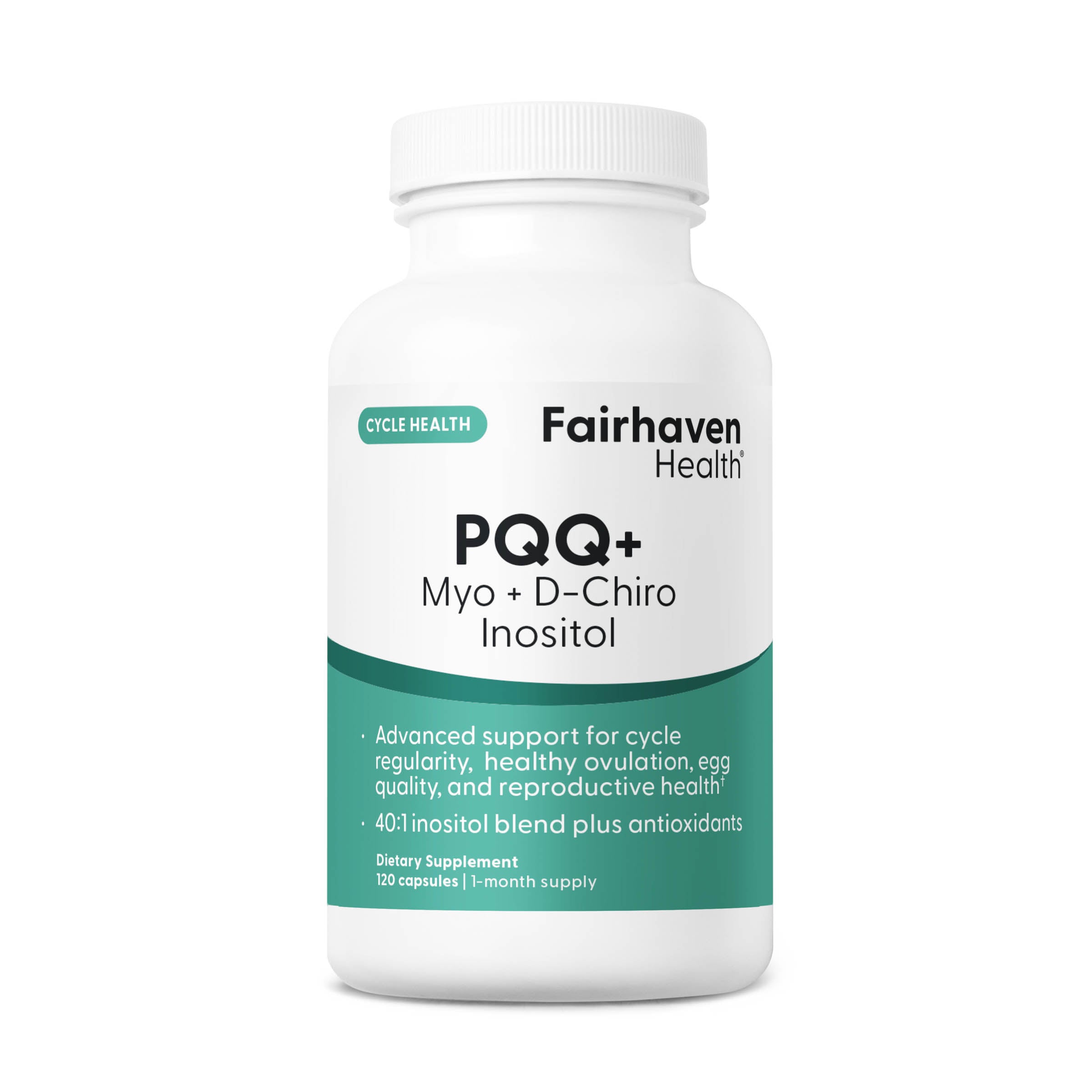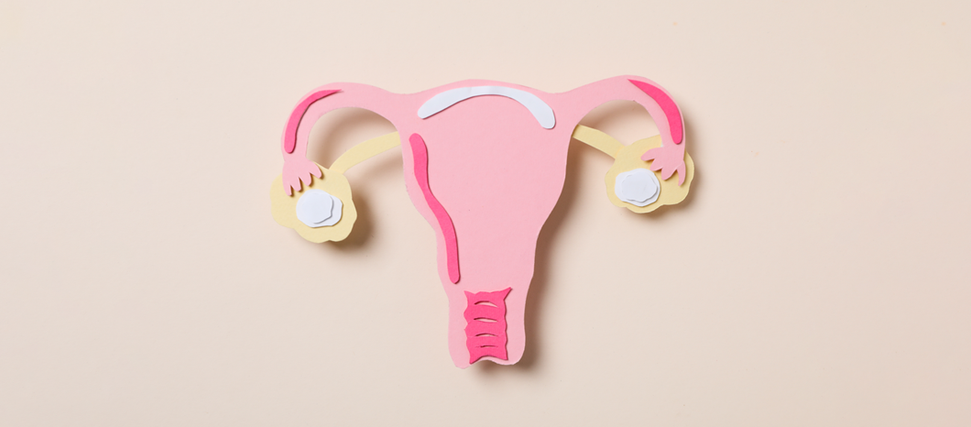Understanding your Reproductive Hormones - their functions and how they interact - will help you better understand fertility and conception. Your monthly cycle - and conceiving a baby - are all influenced by the ebb and flow of key hormones like estrogen, progesterone, and LH. Learn how these reproductive hormones work and see how ovulation tests and fertility monitors detect hormone changes...
Understanding Your Reproductive Hormones
Much of Ovulation-Calculator.com is dedicated to learning about natural fertility signs and predicting the best time to conceive a baby. But recognizing fertility signs and symptoms (changes in cervical mucus, cervical position, monthly bbt temperature increases, mittelschmerz, etc) does not necessarily equate to understanding why and how these incredible changes take place every cycle. Human fertility is amazing, astounding, and incredibly complex - and it all begins with the reproductive hormones that ebb and flow, surge and subside throughout your menstrual cycle. From the brain to the corpus luteum, an incredible and interactive hormonal drama takes place every month, with one teleological function in mind: Fertility. Human Reproduction. Babymaking.
To better understand fertility (as well as infertility) and to learn about the mechanisms behind our monthly cycle, our body changes, and our ovulation test results, lets take an in-depth look at the reproductive hormones and see what they do. We'll even take a look at the very important hormone call hCG - the one that produces a big fat positive on a pregnancy test.
Relays and Triggers: Hormonal Interactions
Let's begin with brain, because that is where it starts. There are several parts of the brain that regulate hormone function or produce hormones, from the natural melatonin that helps you sleep to endorphins to the reproductive hormones responsible for the creation of ova and ovulation (the release of the ovum). GnRH, or Gonadotropin-releasing hormone, is produced by the hypothalamus (that most underrated of sex organs) and secreted into the pituitary gland. Here, GnRH triggers the production of two key reproductive hormones: follicle-stimulating hormone (FSH) and luteinizing hormone (LH). The synthesis and production of these hormones is in turn moderated by feedback from other hormones - namely estrogen and androgens.
Follicle stimulating hormone (FSH), after hearing word from the GnRH, does exactly what it's name implies: it stimulates the development and growth of follicles. Now, a follicle is essentially a tiny, immature egg that waits unassumingly in your ovaries for a hormonal trigger. When FSH enters the scene, follicles will begin to mature in the ovaries. During what is known as the follicular phase of the menstrual cycle, follicle stimulating hormone fosters the growth of a woman’s eggs.
FSH Tests are designed to detect elevated amounts of follicle stimulating hormone and tell you if you are approaching menopause, or if there may be an issue with your egg supply. At-home FSH tests can be purchased online.
The Estrogens, and namely Estradiol, is a key reproductive hormone that plays its most active role during the first half your menstrual cycle - what is known as the ovulatory phase. During the ovulatory phase, the developing follicles produce estrogen, which is critical for the build-up of the uterus, the uterine lining. In simple terms, estrogen prepares the womb for pregnancy and ensures that the uterine lining will allow a fertilized egg to "implant" in the womb.
Ovulation Microscopes (like Fertile Focus) detect elevated amounts of estrogen and tell you if you are approaching ovulation. During the early part of your cycle, estradiol increases gradually and peaks right before you ovulate. The blue line in the image below represents the hormone estrogen. As the blue line rises, indicating an estrogen surge, the microscope results will display crystal patterns, letting you know that you may be fertile soon.

Luteinizing hormone (LH): Now that the estrogen is increasing and flowing through your system, your brain receives a relay and knows its time to change gears. As the follicles (or eggs) become mature, FSH production is decreased and, as you approach the middle of the month, LH is released in a large and sudden burst. This is called the LH surge and marks the end of the follicular phase of your cycle. The LH surge, as you may know, is responsible for triggering ovulation, or the release of the egg from the ovary.
LH Tests: Your urine ovulation tests detect the LH surge and let you know that ovulation is about to take place. This is the best time of the month to time lovemaking if you want to become pregnant. In the image above, note how green line suddenly jumps midcycle. That's the surge.
After the follicular phase, it's time for the hot phase, the time for progesterone to make an appearance on the stage. Progesterone is the reproductive hormone that is actually produced by the corpus luteum (a part of the ovary from which the mature egg bursts during ovulation). That's why this is called the luteal phase. Once the LH peaks, a relay is sent back to the ovary to have the corpus luteum start pumping out the progesterone. Progesterone, as you may know, causes the body to heat up. The function of the temperature increase is to create a warm, friendly, and cozy zone for your developing baby following conception. Some fertility trackers are able to detect the shift from from estrogen to progesterone dominance by measuring electrolyte resistance in saliva and cervical mucus.
BBT Chart: The most important piece of info on your fertility chart is when your basal temperature increases. Now you now why this sudden increase in body temperature takes place - progesterone. Once your body temp spikes, you know you have ovulated. In the image above, note how the black line suddenly rises and, for the most part, stays elevated for the rest of your cycle. If you do not conceive, progesterone levels will slowly drop off. You'll menstruate and the entire cycle will begin again.
hCG - or human chorionic gonadotropin - is your pregnancy hormone, the BFP (big fat positive) maker, the one that will tell you if you are pregnant or not. hCG is secreted by the embryo (the fertilized egg) following implantation into the uterine lining. hCG in elevated quantities is detected by a pregnancy test. hCG also tells the corpus luteum to keep making progesterone and prevent menstruation.







